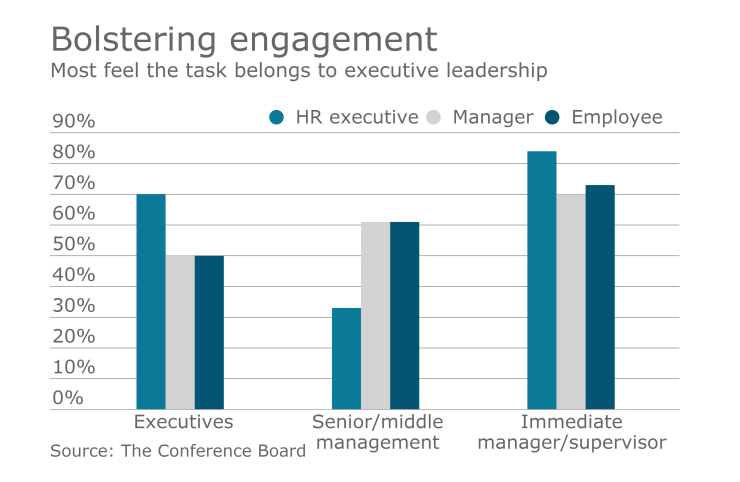Simple is hard.
Today’s workplace is jam-packed with processes, tools and complex tasks that can kill productivity. Businesses often spend years building useful systems that have, over time, actually made it harder for their people to accomplish their work and move projects forward. Too often, layers are added to a process without improving its quality and, as it grows, no one takes time to prune what’s not working.
Perhaps it’s time to consider Occam’s Razor, the philosophical principle that says, given a choice between two options or approaches, the simpler one is usually better. It advocates slicing through a problem or situation to eliminate unnecessary elements.
Also see: “
Aspiring to simplicity is worth the effort. Typically, employees want to do great work. They just want straightforward processes that help them do it. As an HR leader, you can help by using these four ways to simplify some fundamental elements of the workplace so managers and all employees can focus on business goals.
1) Give employees tools that work, not tools that make work. Technology should make our lives easier, not harder. Whether it’s a tool to manage benefits, or one that facilitates collaboration, delivering engaging technology can mean the difference between a traditionally cumbersome, frustrating experience and one that’s simple and personalized. Enhanced tools can help employees better manage their teams, work schedules, benefits choices, pay and careers. According to a recent
2) Collaborate — when necessary. I’m a real fan of

3) Lead the charge to unplug. Ever been part of a tsunami of an email chain that accomplishes nothing but distract you from your work? Yeah, we’ve all been there. This is why managers should consider encouraging employees to disconnect for an hour every day: No calls, no emails, just time to focus on work. The unplugging movement is gaining steam worldwide (in fact,
4) Be there or be square. In a study published in the Journal of Occupational Health Psychology, researchers examined a
When he first described his principle, the 14th-century Franciscan friar William of Occam, said: “It is vain to do with more what can be done with less.”
Seven hundred years later, his words still ring true for the modern workplace. Helping managers and employees simplify their work lives makes for more satisfied and engaged workers. And unencumbered by convoluted processes and tools, employees may even deliver more focused, succinct results.





